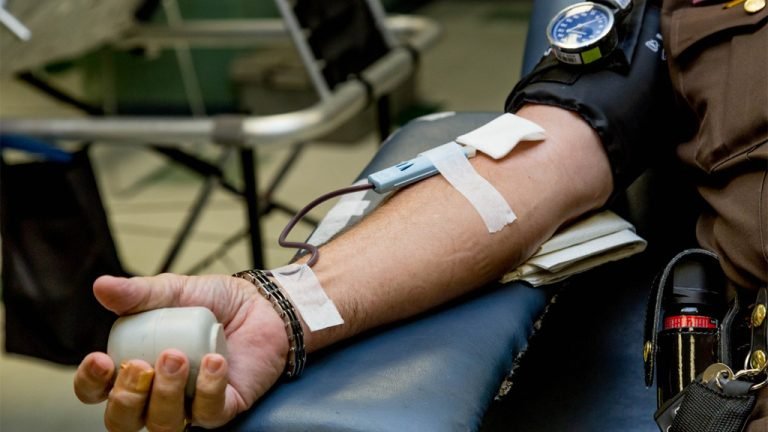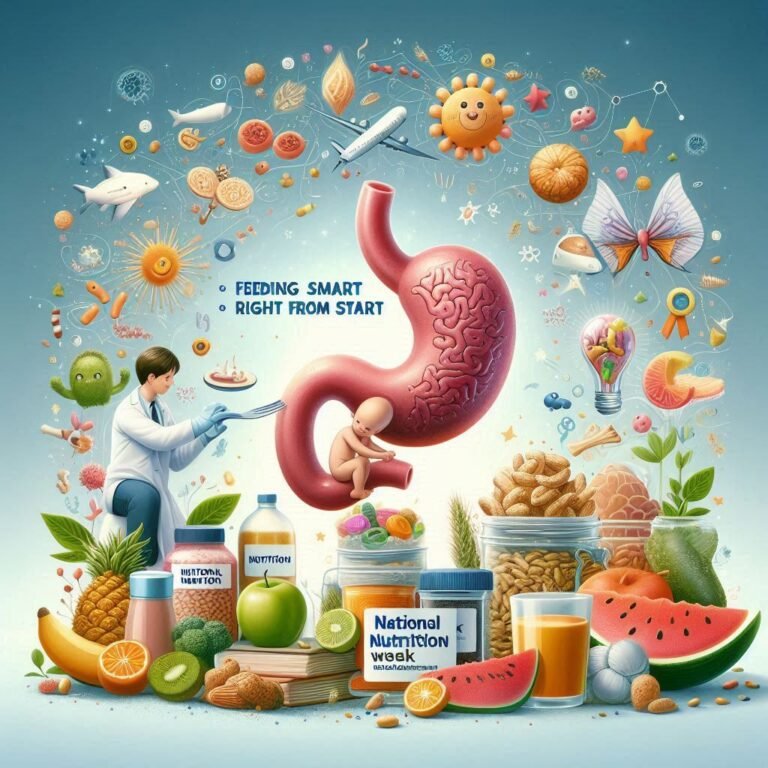Continuous Quality Improvement (CQI) has been applied in the healthcare industry since the late 1980s.
CQI can be defined as a customer-driven leadership approach based on continual improvement of the
processes associated with providing goods or services. When properly implemented, CQI can diminish waste in processes, as well as increase the quality of outcomes. Effective service recovery is an aspect of process quality that involves development of a strategy to resolve customer complaints and dissatisfaction, with the ultimate goal of motivating the customer to continue to use the service (Schweikhartet al. 1993). Involving patients’ preferences and values in making improvements in the level of care delivered is an essential element to increased process quality as well as a more empathic, honest, and sensitive interaction between patients and staff (Giangrande,1998). Very few case studies in healthcare offer empirical findings to support the value of CQI.
Total Quality Management (TQM) was first used in manufacturing firms. In the late 1980s and 1990s, the
healthcare industry adopted total quality management (Larson and Muller 2002).
Implementing TQM is a essential condition to decrease medication errors, but it is not a sufficient
condition. For more than a decade, U.S. hospitals have been adopting and implementing various TQM programs that have the potential for reducing medication errors. In fact, 89 percent of hospital organizations claim to have organization wide efforts for improving the medication -use process (ISMP 2002) . Despite such efforts, medication errors continue to be a serious and costly problem for hospitals and have become a leading area of concern in ongoing dialogs about healthcare safety. The reason many medical – error reduction initiatives fall short may be the focus of TQM programs. Although TQM encourages data collection and analysis, it is often not
implemented to produce the level of detail required to understand process variation.






